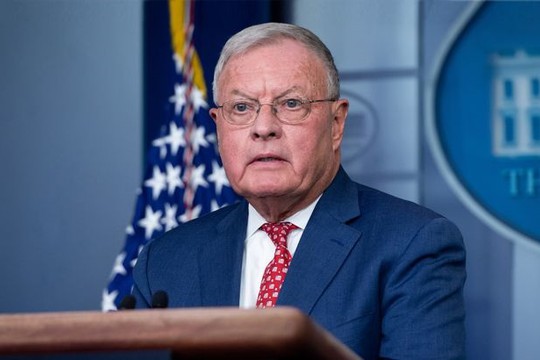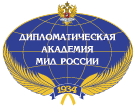Gen. Keith Kellogg – the Trumps’ envoy to Ukraine and Russia.
Photo: AP
Last week, US President Donald Trump officially appointed 80-year-old retired Gen. Keith Kellogg as his envoy to Ukraine and Russia. Almost Kellogg’s first act was to announce he would discuss their vision for peace in Ukraine with allies at the Munich Security Conference, on February 14-16. He is then expected, four days later, to visit Kyiv, for his first trip there, CNN writes.
Kellogg’s every utterance is parsed by an anxious Kyiv. He hit back at suggestions that the Munich conference would see the outline of a peace plan revealed publicly, telling Newsmax: “The person who will present the peace plan is the president of the United States, not Keith Kellogg.” Trump will have the potential big reveal, it seems, after Kellogg consults with allies in Germany.
Trump has tried to kickstart the process, it seems in recent days, telling The New York Post Saturday he had spoken to Russian counterpart Vladimir Putin about ending the war, but providing no details. The Kremlin declined to confirm that call, but spokesman Dmitri Peskov told CNN: “There could be something I don’t know.”
Trump has been surprisingly vocal about the need to end the conflict, but short of public ideas. He floated the idea of meeting Ukrainian President Volodymyr Zelensky this week. Yet no date has been set, and Trump’s comments seemed an off-the-cuff response to a question about whether his ambitious Vice President JD Vance would meet Zelensky in Munich. In truth, we do not know how much is happening in private. The Kremlin has hinted at “intensified” discussions, and US National Security Advisor Mike Waltz has spoken of private efforts.
Unusually, Kellogg’s blueprint for peace has been public since April, providing a stable frame of reference against which to compare any real details of a deal. In short, it involved Ukraine getting more military aid conditioned on negotiations, and a ceasefire, followed by possible European peacekeepers along the frontlines.
Kellogg has also suggested an initial ceasefire might be time for elections in Ukraine, if any truce can take hold. A putative timetable for any deal appeared in Ukrainian media this week, suggesting a ceasefire around Easter in late April, a peace conference and wider deal in May, but only presidential elections for the country in August. This was also flatly rejected as fake by the presidency. But the leaks, confected or not, will keep coming, as all sides try to float or reject ideas.
Zelensky is now entering a phase where the two most powerful voices in any peace deal don’t share the widespread adulation he has enjoyed from the West for three years.
Elections in Ukraine are currently delayed as part of martial law, the valid argument for that being that the country – under constant bombardment, with millions of its people physically at war or refugees abroad…. But an initial ceasefire might provide that calm, and even a chance for Zelensky to step back and provide an opportunity for a fresh face, without the uncomfortable history Ukraine’s current leader has with Trump’s first term, to negotiate a wider deal.
Another hurdle for peace is whether the Kremlin wants it now, or at all. They are currently winning on the battlefield – not at pace, but they are taking ground. Russian forces appear to have taken the city of Toretsk and may soon capture Pokrovsk, deeper into Ukraine’s Donetsk region. This would also leave them with relatively open ground all the way to the key cities of Dnipro and Zaporizhzhia. It is unclear why Russia would seek to freeze its frontline progress when Ukraine, in the words of one frontline soldier to CNN, “doesn’t have much to say about it.”
read more in our Telegram-channel https://t.me/The_International_Affairs

 10:27 13.02.2025 •
10:27 13.02.2025 •























